Electrical arcing can be a serious problem that may lead to melted plugs, damaged outlets, or even fires. While it can be challenging to identify the root cause, knowing where and why it happens is crucial to maintaining safe and effective electrical connections. Let’s explore electrical arcing, how to spot it, and ways to address it.
What is Electrical Arcing?
Electrical arcing happens when electricity jumps between two connection points through the air, creating intense heat. This phenomenon often occurs due to loose or faulty connections, and it can damage your outlets, plugs, or wiring.
Signs of Electrical Arcing
Wondering if you might have an electrical arcing problem? Here are the most common indicators:
- Overheating: Plugs or outlets feel unusually hot to the touch.
- Burning Smell: A distinct burning odor around electrical components.
- Discoloration or Scorch Marks: Blackened or melted areas on plugs or outlets.
- Sparks or Flickering Lights: Visual signs of unstable electrical flow.
- Equipment Failure: Devices plugged into the outlet may not work properly or at all.
Where Electrical Arcing Can Occur
Arcing typically happens in one of three areas:
- Between Wiring and the Wall Outlet
- Loose or improperly installed wiring behind the outlet can cause arcing over time.
- Between the Plug and the Outlet
- When the outlet’s connections are worn or the plug’s prongs are damaged or bent, poor contact can lead to overheating and arcing.
- Inside the Plug Wiring
- Faulty or loose connections within the plug itself can also result in internal arcing, which may go unnoticed until significant damage occurs.
Why Does Electrical Arcing Happen?
Electrical arcing often stems from these common issues:
- Old or Worn Components: Over time, outlets and plugs lose their integrity, leading to poor connections.
- Overloaded Circuits: Plugging in too many devices can overheat an outlet.
- Improper Installation: Mistakes during wiring or assembly can create loose connections.
- Corrosion or Dirt: Build-up on plug prongs or outlet contacts reduces conductivity.
- Incompatible Equipment: Using mismatched plugs and outlets, like trying to connect a high-powered device to a low-capacity outlet.
How to Identify the Cause of Electrical Arcing
If you’re dealing with melted or damaged plugs or outlets, follow these steps to pinpoint the issue:
- Inspect the Outlet: Check for visible damage like scorch marks, discoloration, or warping.
- Examine the Plug: Look for melted prongs or internal wiring issues.
- Test Different Combinations: Plug the same device into another outlet or use another plug with the same outlet to identify the faulty component.
- Seek Professional Help: When in doubt, consult a licensed electrician.
How to Prevent Electrical Arcing
The best way to deal with electrical arcing is to avoid it altogether. Here’s how:
- Use high-quality outlets, plugs, and adapters.
- Regularly inspect your electrical connections for signs of wear.
- Avoid overloading outlets with too many devices.
- Ensure proper installation and maintenance of all electrical components.
- Upgrade old outlets to modern, high-capacity ones if necessary.
What to Do If You Encounter Electrical Arcing
If you notice signs of arcing:
- Turn Off Power: Shut off the circuit breaker connected to the outlet.
- Unplug Devices: Remove any equipment to prevent further damage.
- Contact an Expert: Reach out to an electrician or a reliable power solutions provider, like AC WORKS®.
How AC WORKS® Can Help
At AC WORKS®, we’ve been providing reliable power solutions since 2015, serving customers worldwide from our headquarters in Oak Creek, Wisconsin. Our products are designed for safety, efficiency, and durability, helping you replace plugs and connectors when they begin to arc.
If you’re experiencing problems, don’t hesitate to contact our customer service team. Sending us clear pictures of the plug, outlet, and internal wiring can help us assist you better.
Final Thoughts
Electrical arcing is a potentially dangerous issue, but it’s manageable with proper care and maintenance. Identifying and addressing the problem early can save you from costly damage and ensure the safety of your electrical system.
If you have any questions or concerns about electrical arcing, drop a comment below or reach out to us directly. Don’t forget to explore our product range for safe and effective power solutions.
Stay powered up and connected with AC WORKS®!



![AC WORKS® [ASINSS2PBX-G] 50A Locking 4-Wire CS6375/ SS2-50 Heavy-Duty Transfer Switch Inlet Box](http://acworks.com/cdn/shop/files/ASINSS2PBX-0_0206b362-7c90-42a5-8754-0685c13dab7e.jpg?v=1758051675&width=2500)
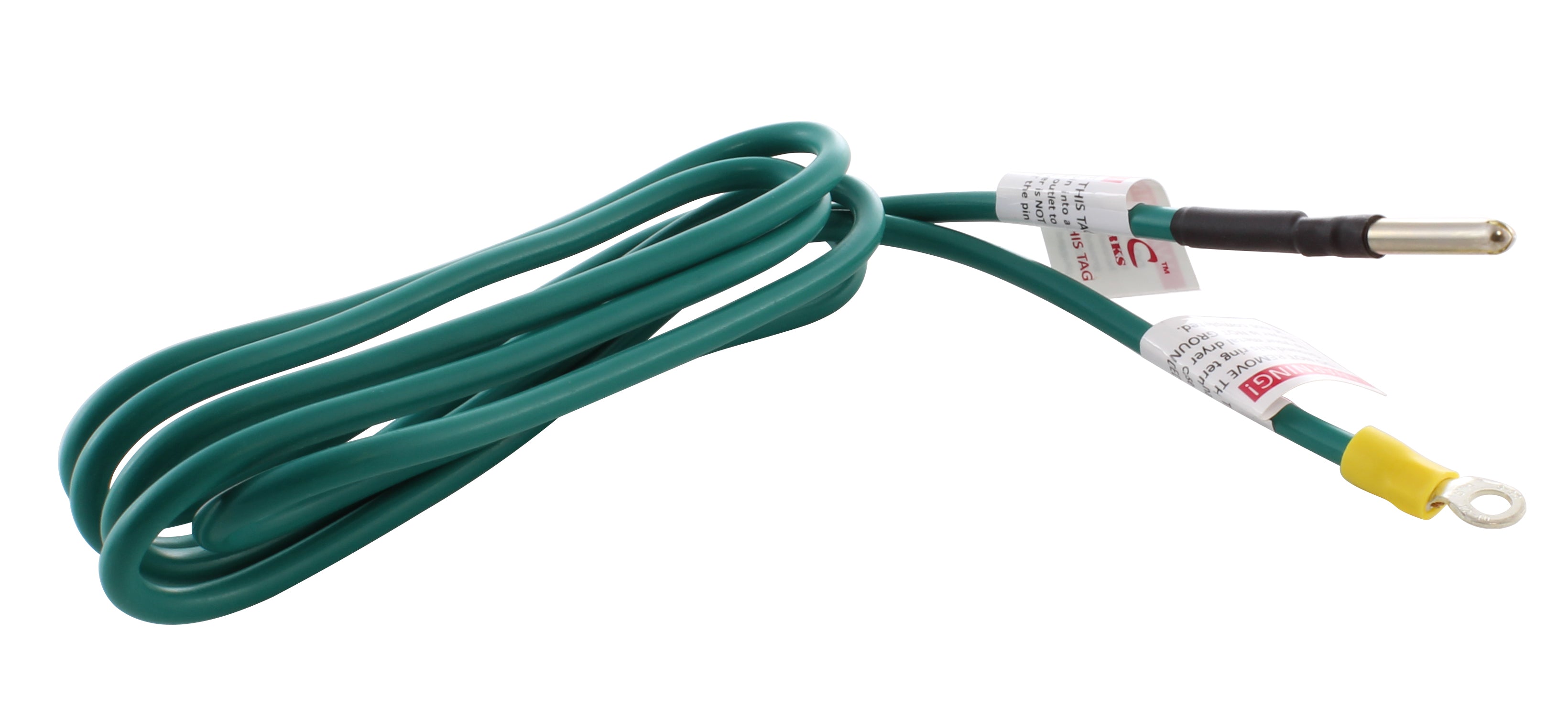

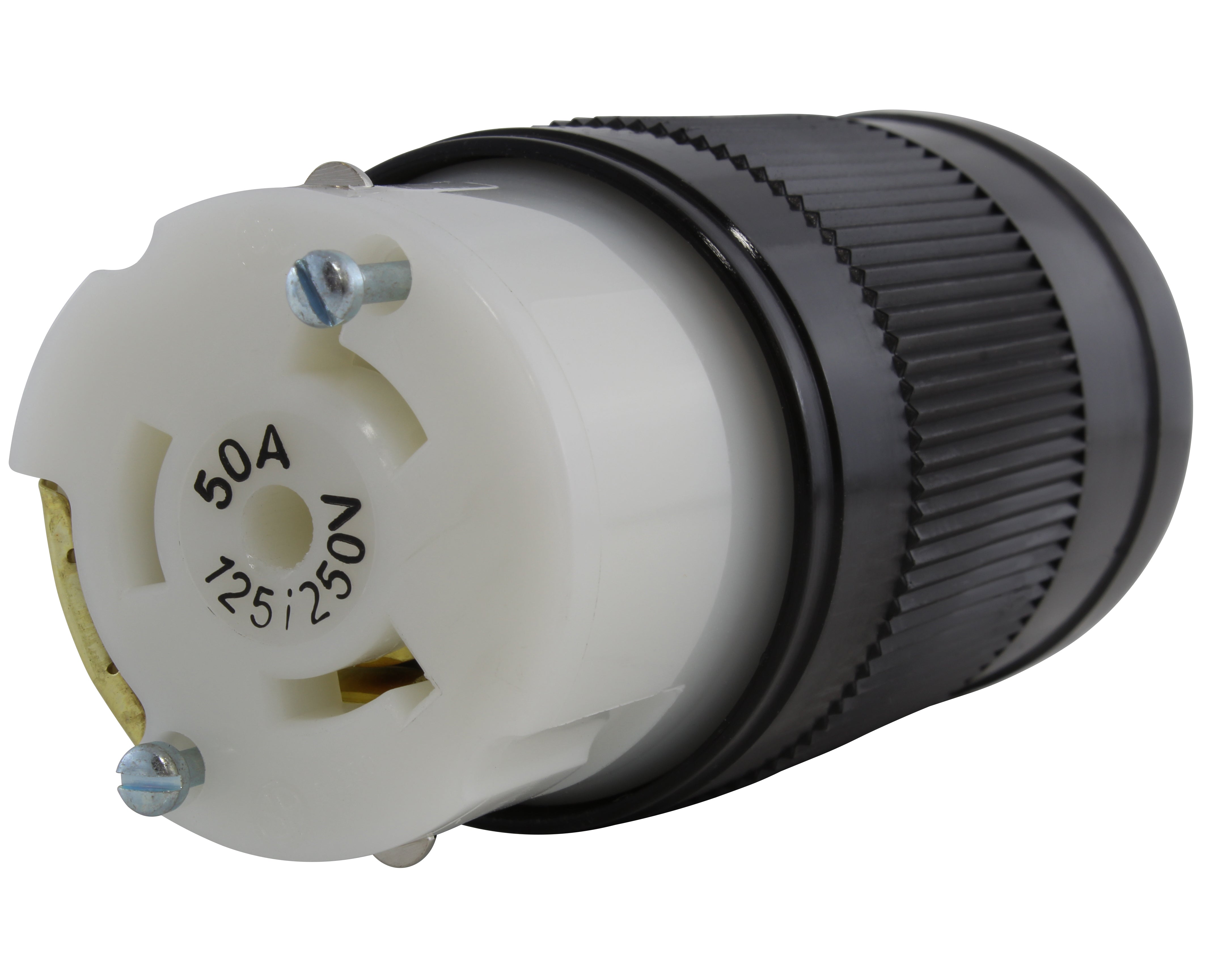

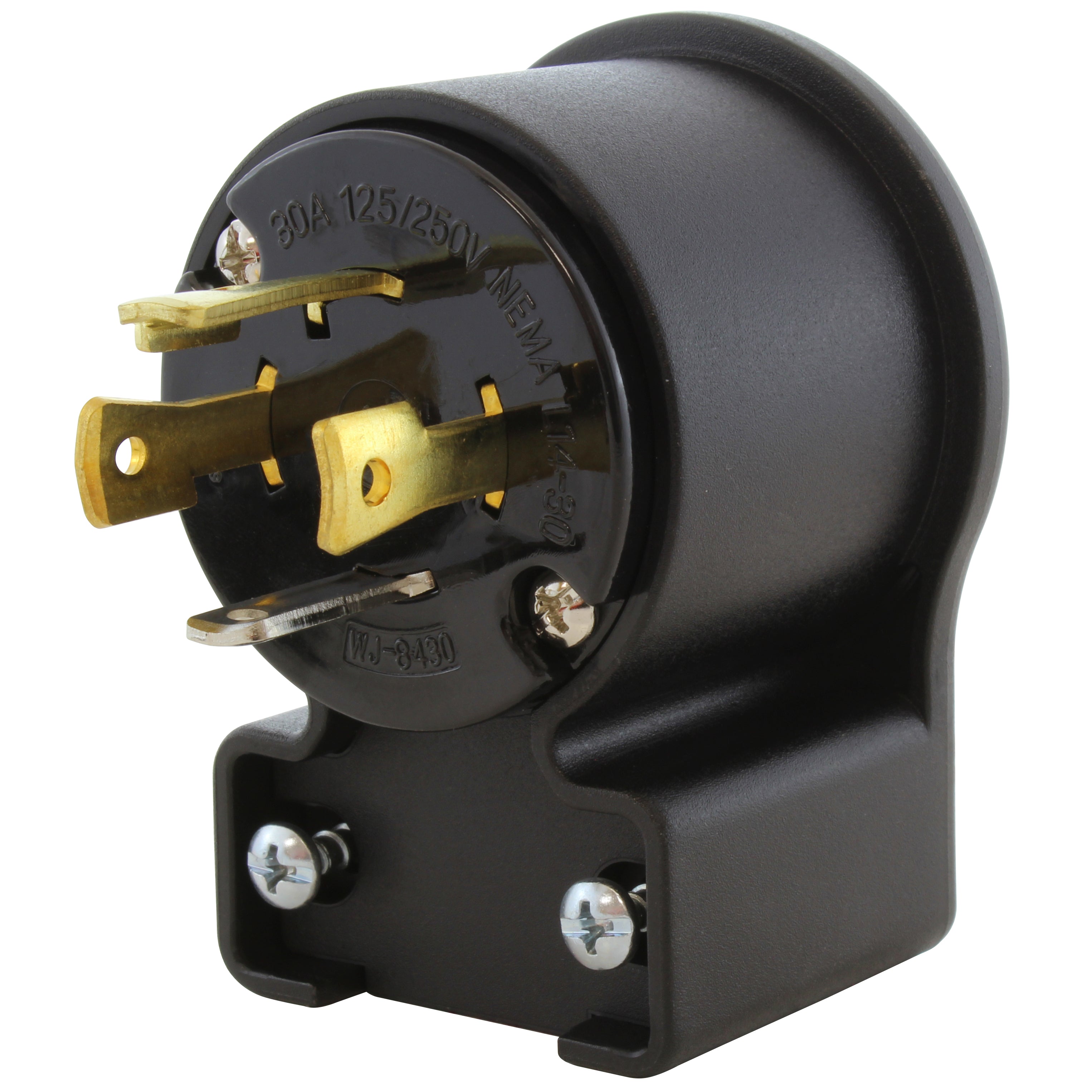
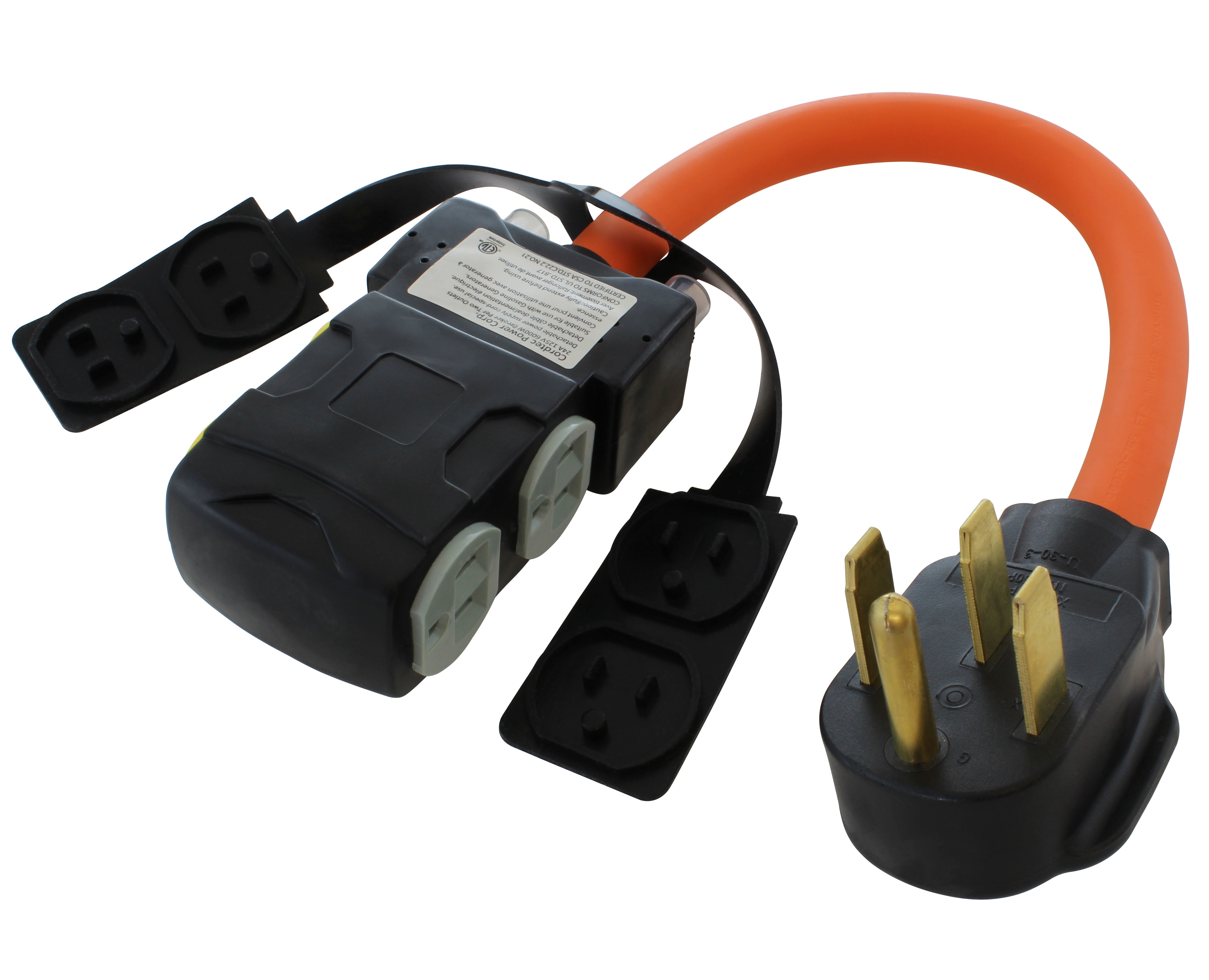

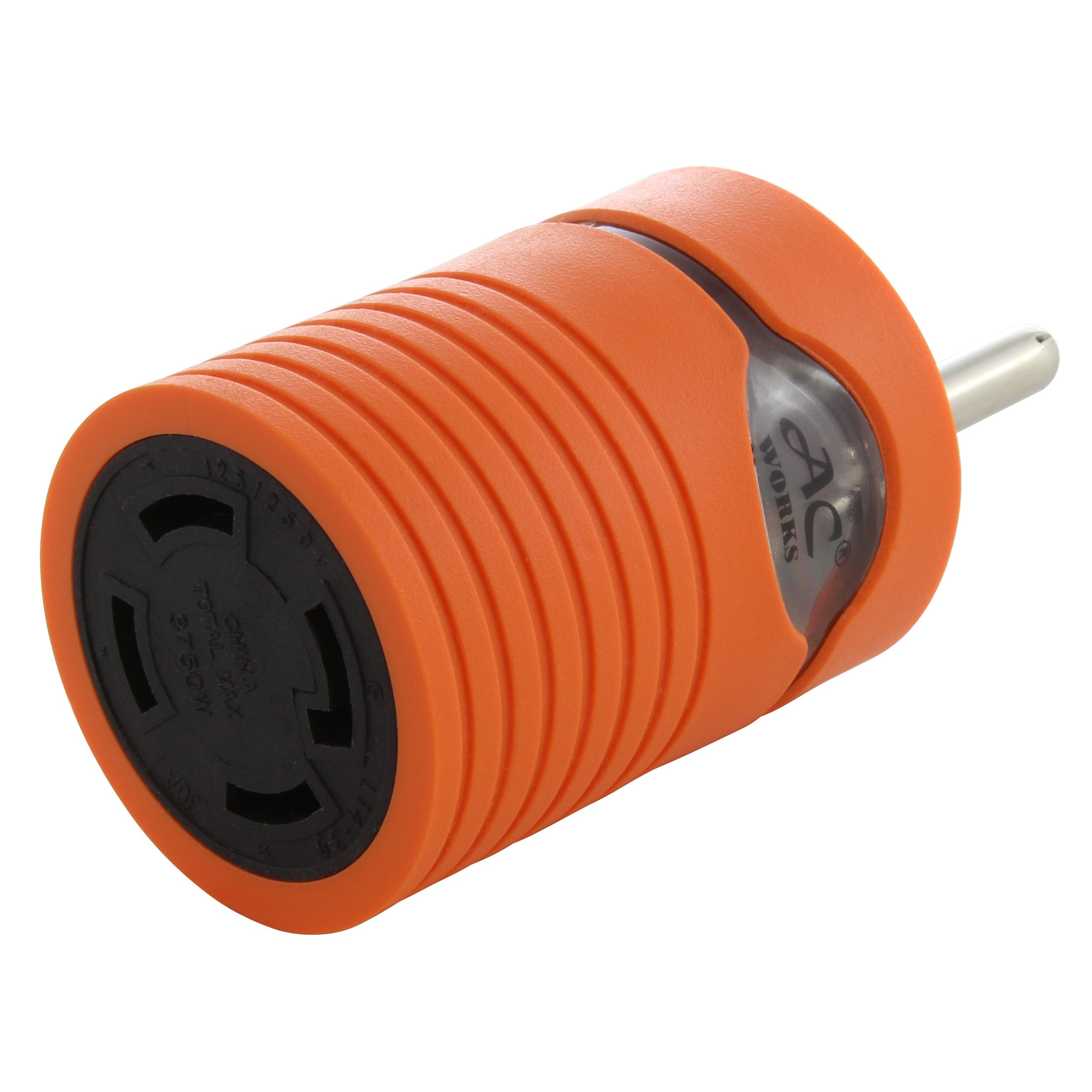
![AC WORKS® [S1430CBF520] 1.5FT 14-30P 4-Prong Dryer Plug to (4) Household Outlets with 24A Breaker](http://acworks.com/cdn/shop/products/S1430CBF520.jpg?v=1666103519&width=4656)
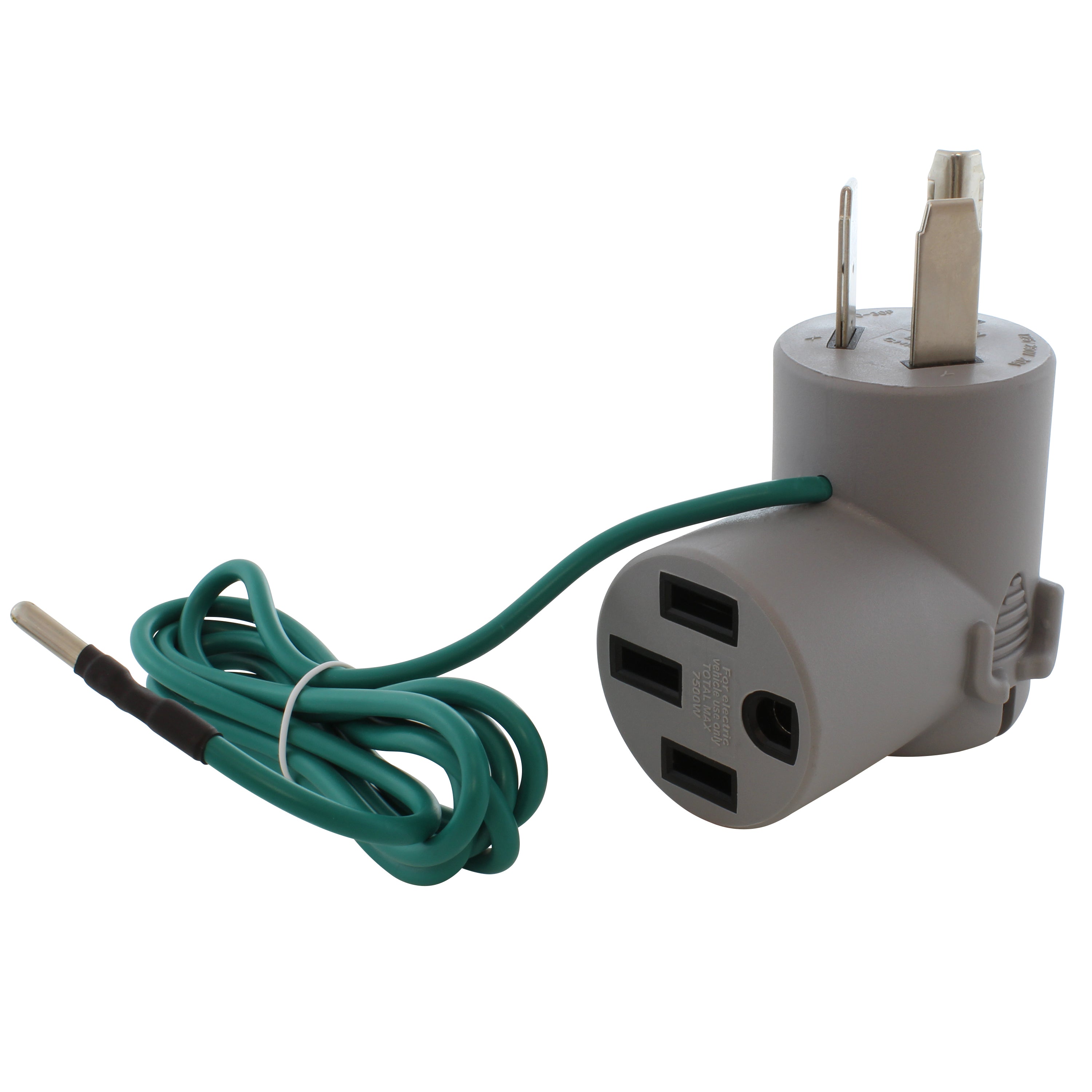
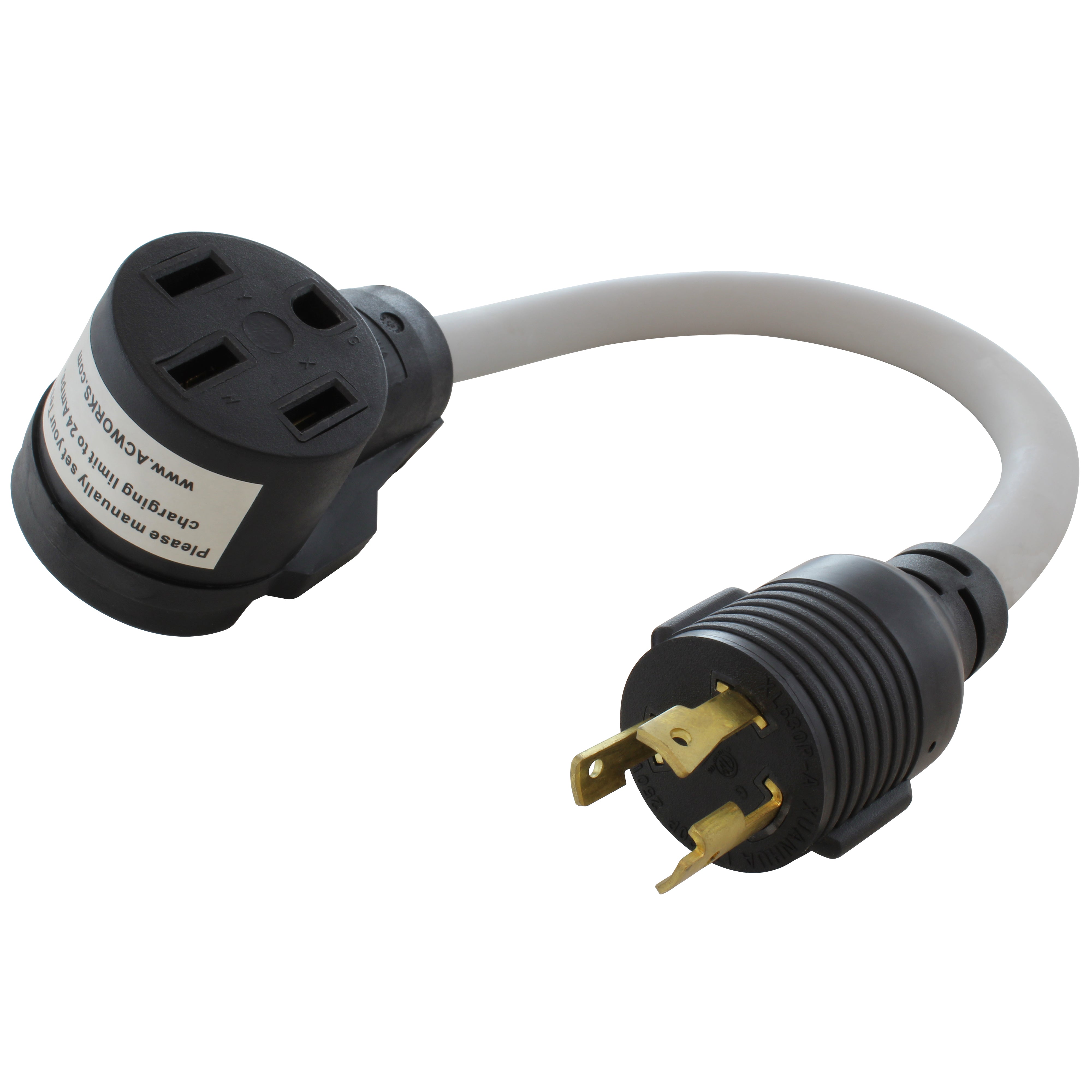
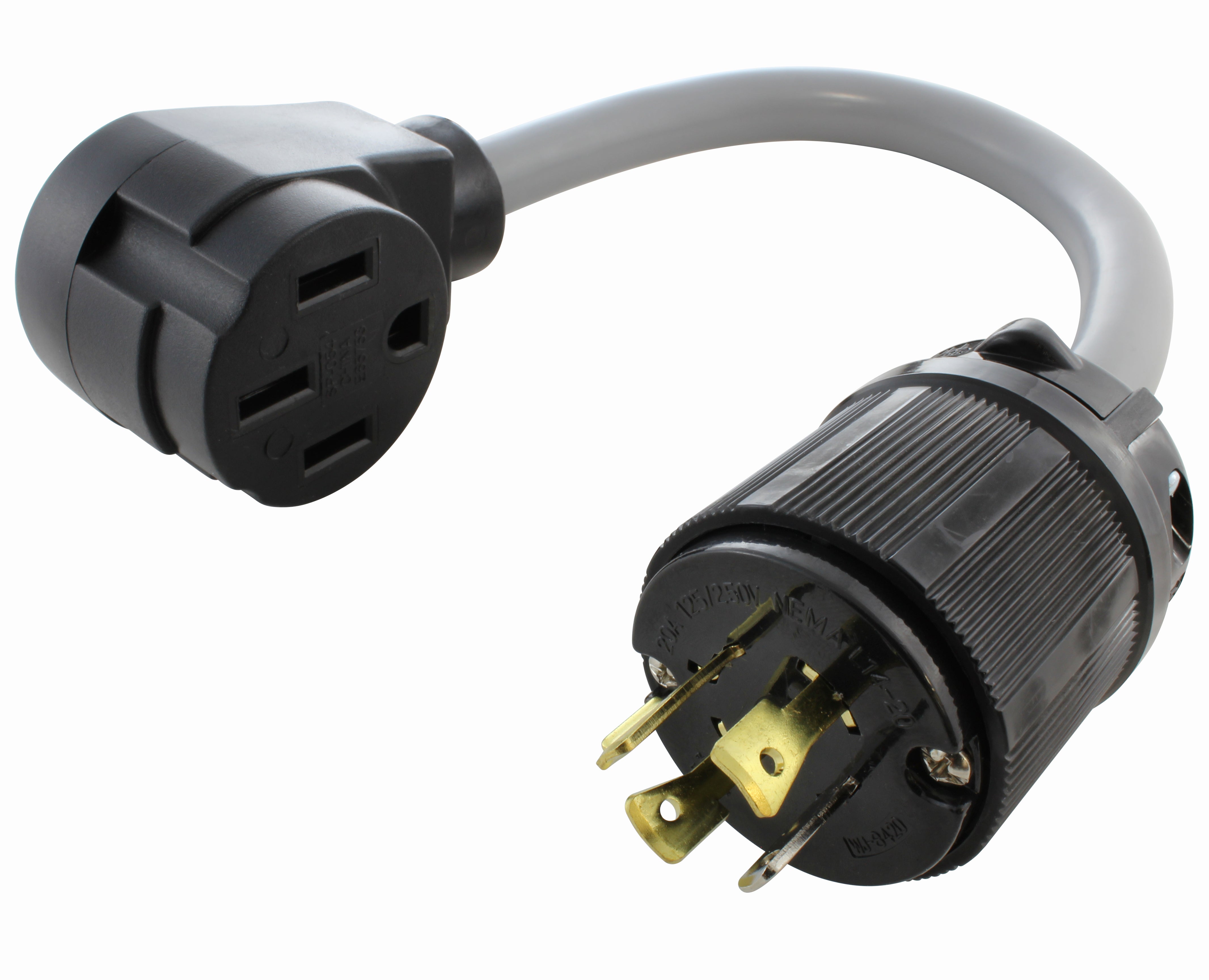

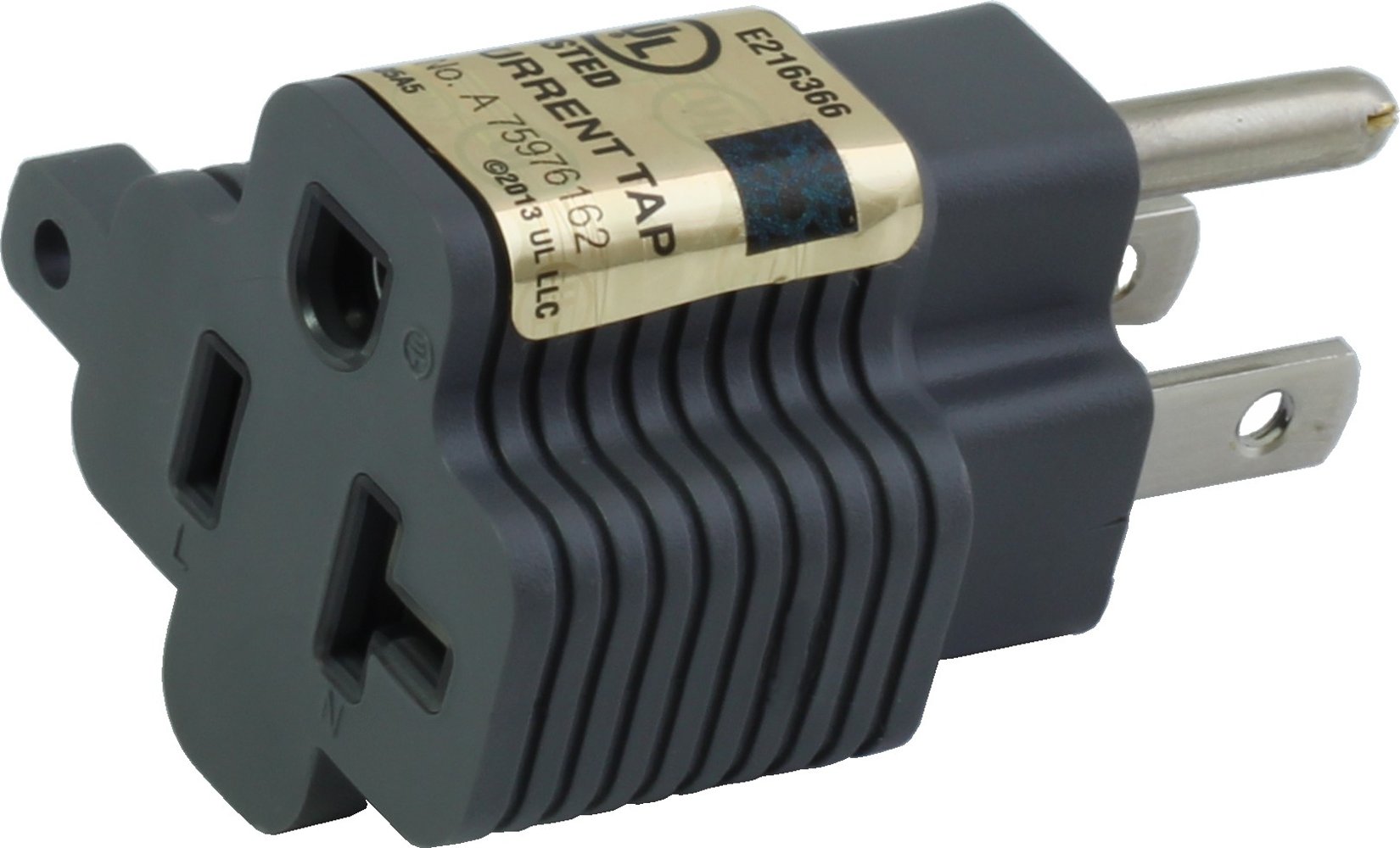
![AC WORKS® [ADV104] 3-Prong Heavy-Duty V-DUO Household Outlet Adapter](http://acworks.com/cdn/shop/products/ADV104-0.jpg?v=1605738768&width=3128)
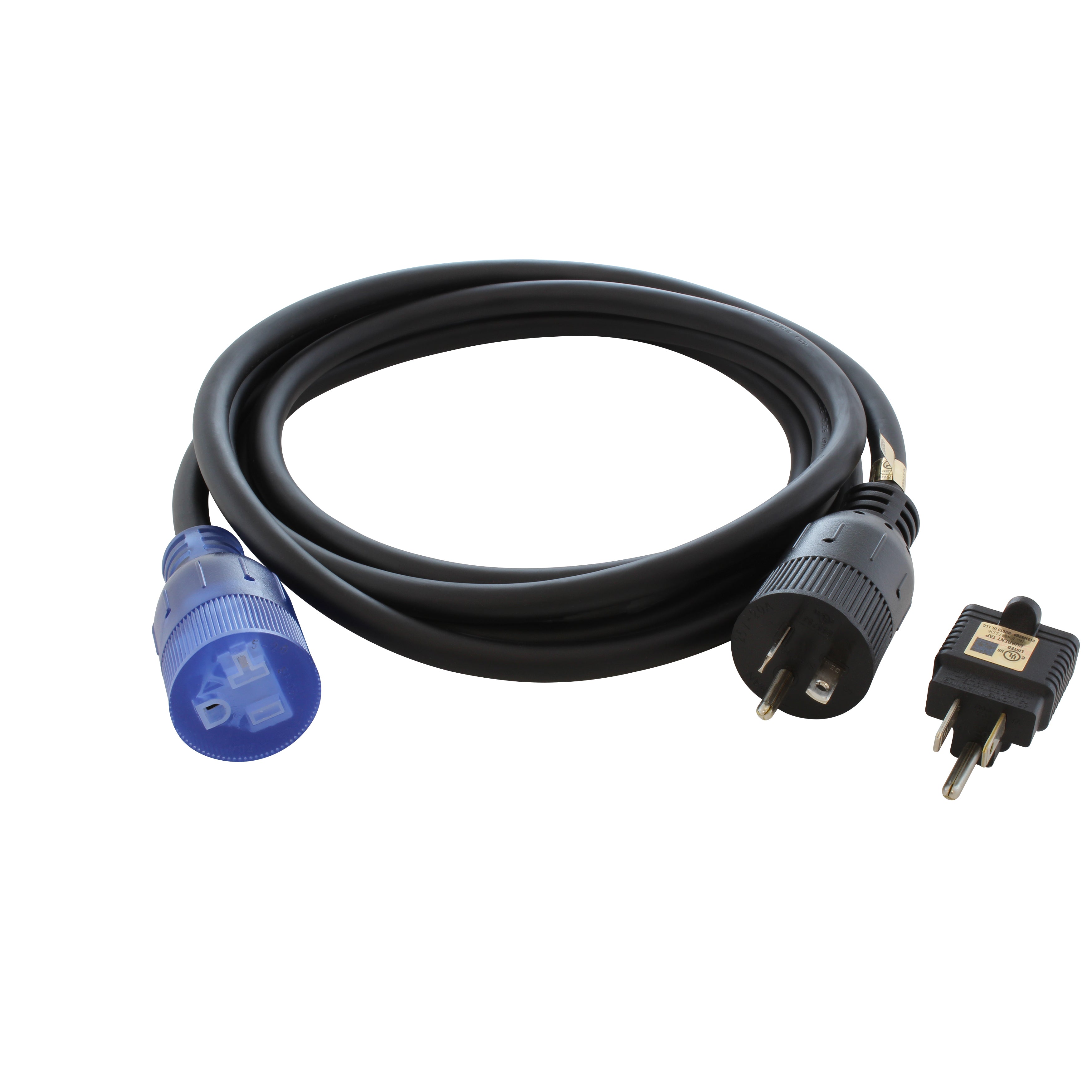
![AC WORKS® [XH515520] 15A to 15/20A 125 Volt Plug Adapter with ETL Safety Approval](http://acworks.com/cdn/shop/files/XH515520-0_daea425a-f439-48df-bb75-052167057f12.jpg?v=1729091519&width=2500)
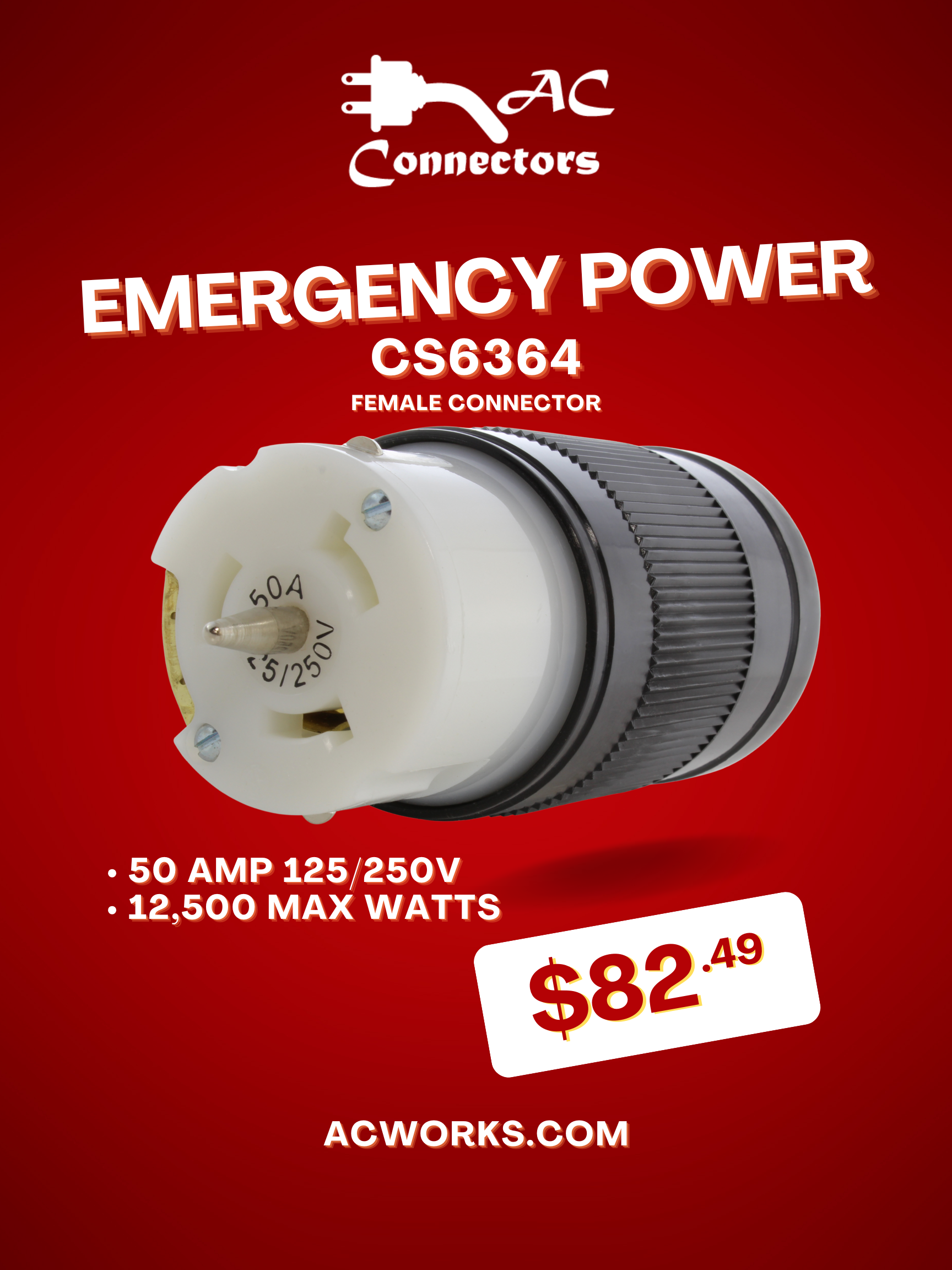


Share:
Why 220-Volt Equipment Won’t Work on 110-Volt Outlets
Understanding the Difference Between NEMA 5-20 and NEMA 6-20 Plugs
1 comment
Just to add to the post regarding arcing I suppose this may be a step in the arcing process prior to it but I found out the odor of fish around an outlet that’s getting hot or has difficulties requires immediate attention as your home may be headed for a fire. Usually the insulated components of the actual wire or plug may be giving off that smell so don’t leave it to be found out later check